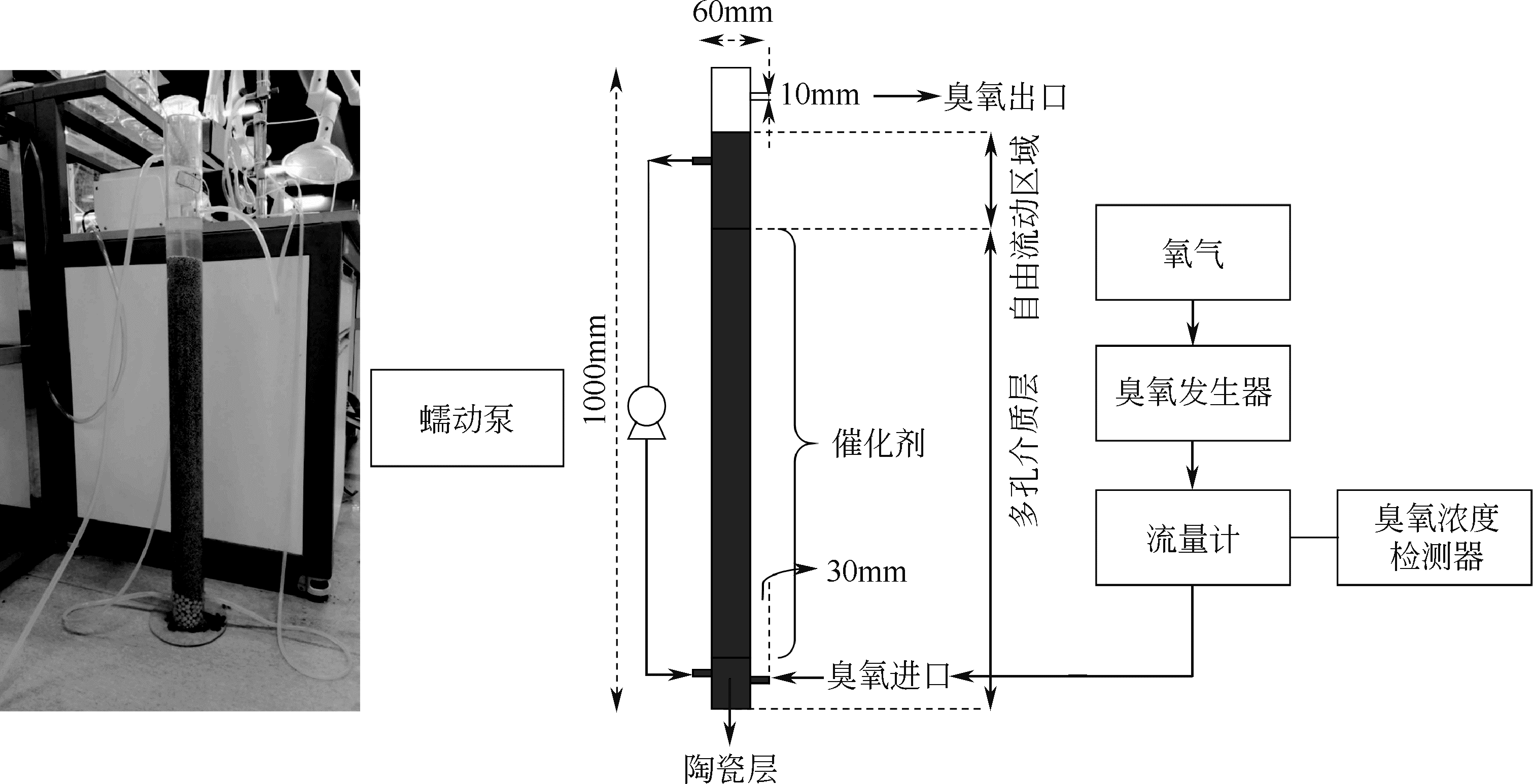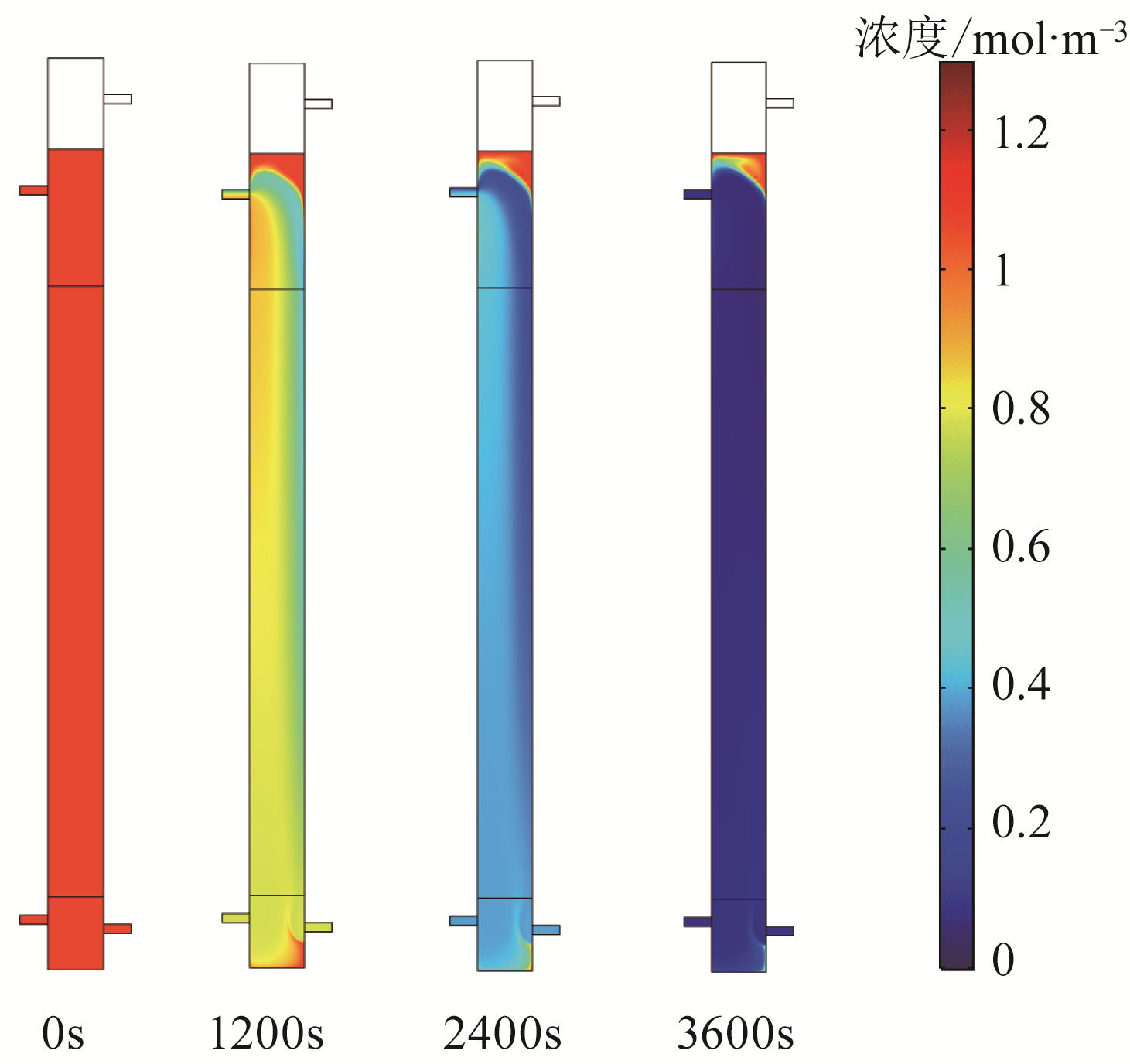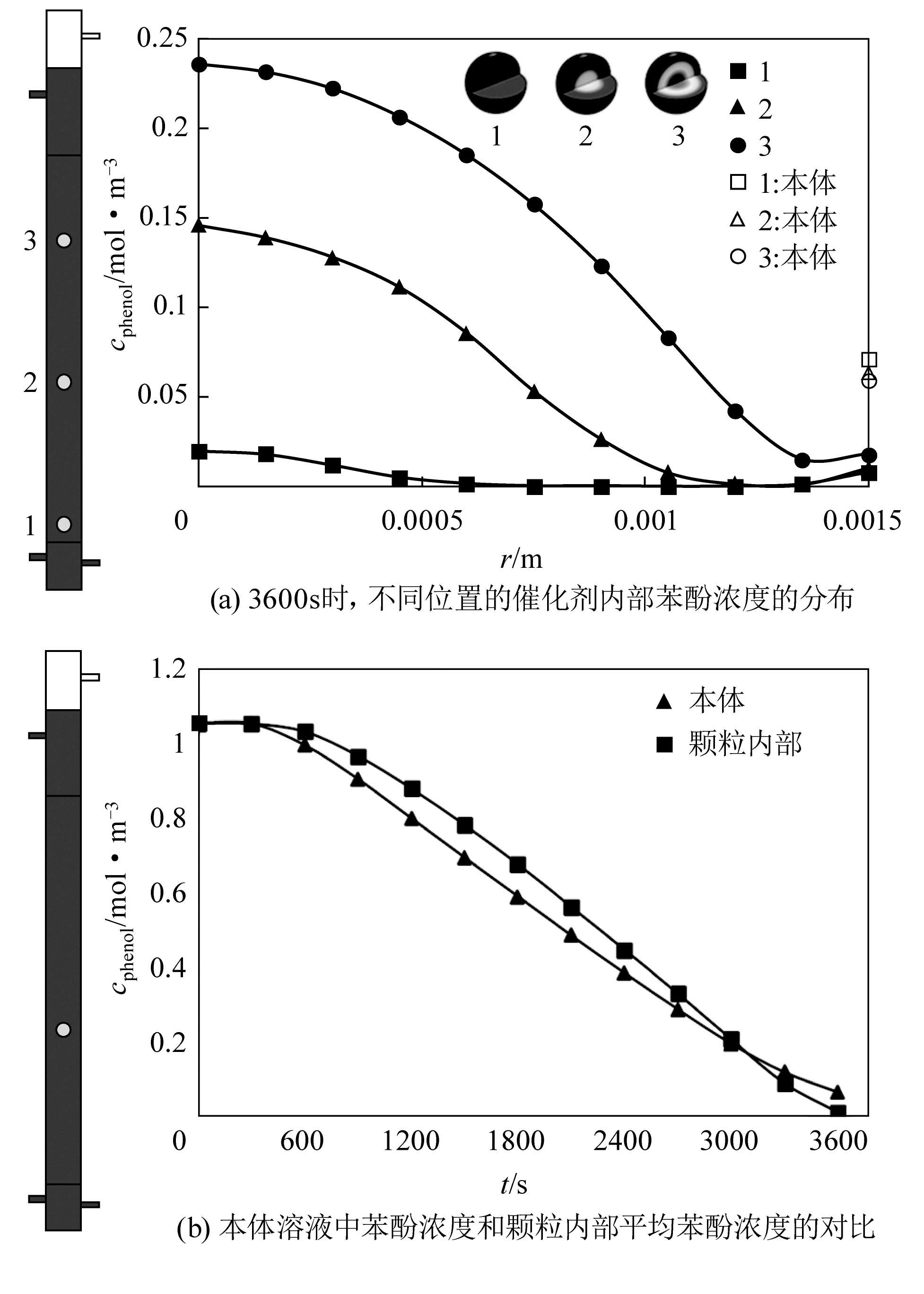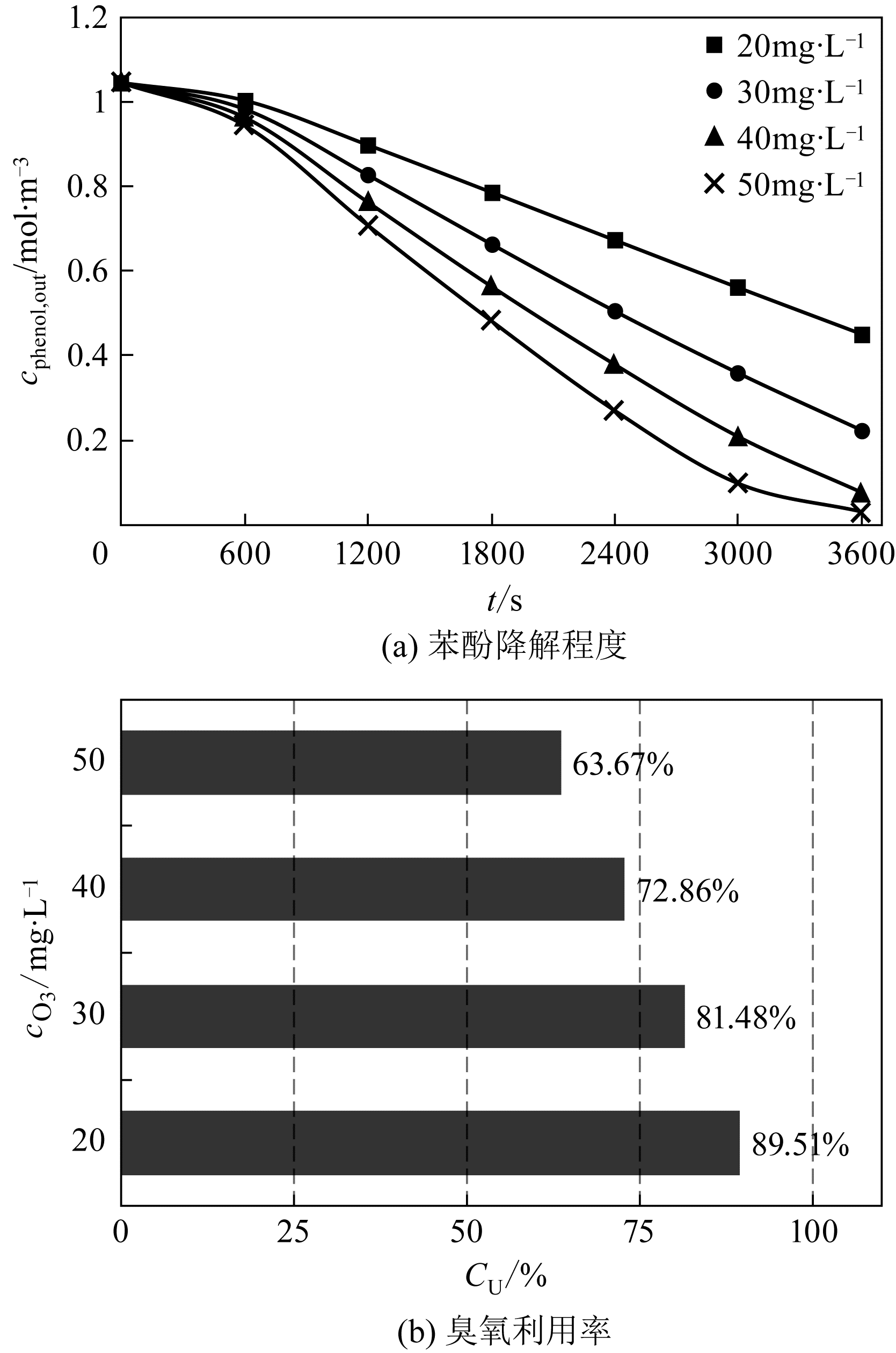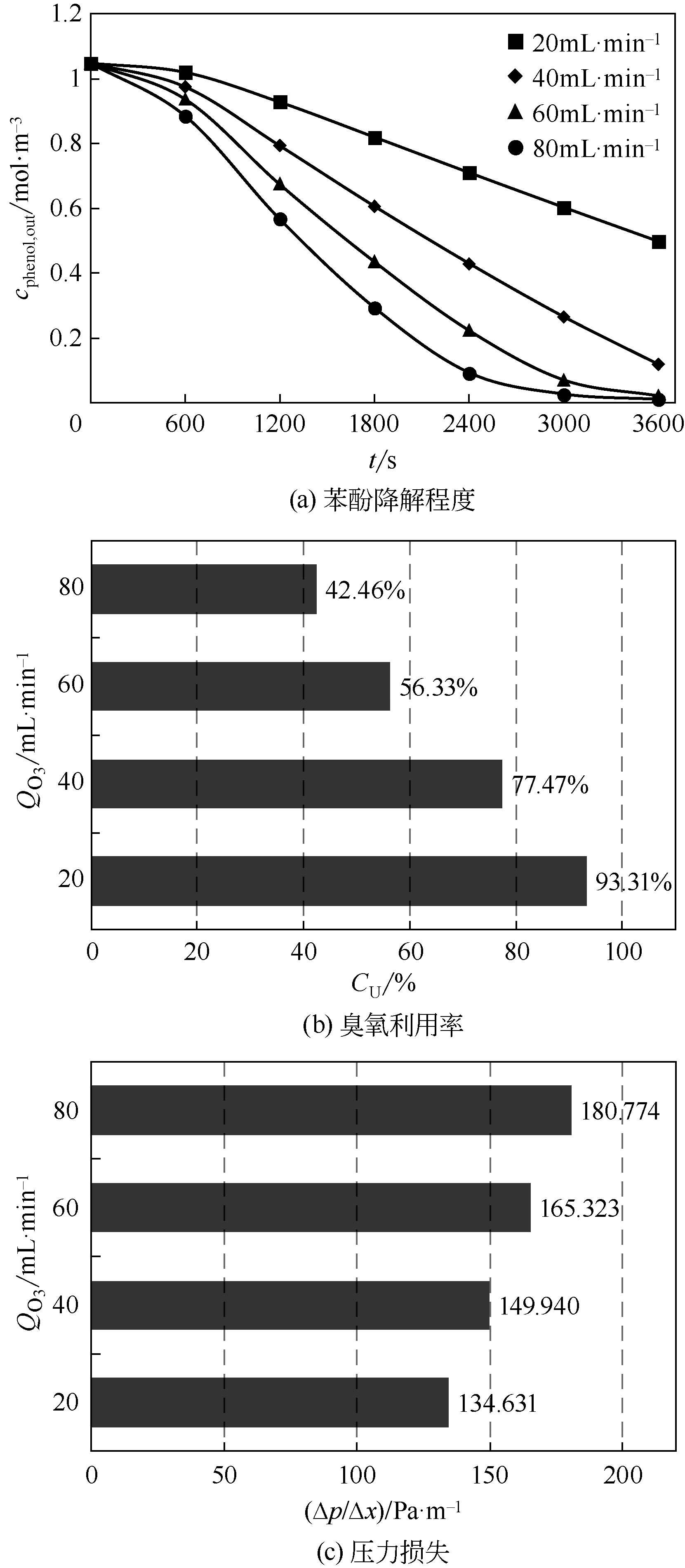| 1 |
ZAZO J , CASAS J , MOHEDANO A , et al . Catalytic wet peroxide oxidation of phenol with a Fe/active carbon catalyst[J]. Applied Catalysis B: Environmental, 2006, 65(3): 261-268.
|
| 2 |
PRATARN W , PORNSIRI T , THANIT S , et al . Adsorption and ozonation kinetic model for phenolic wastewater treatment[J]. Chinese Journal of Chemical Engineering, 2011,19(1): 76-82.
|
| 3 |
POLAT D , İ BALCI , ÖZBELGE T A . Catalytic ozonation of an industrial textile wastewater in a heterogeneous continuous reactor[J]. Journal of Environmental Chemical Engineering, 2015, 3(3): 1860-1871.
|
| 4 |
孙怡, 于利亮, 黄浩斌, 等 . 高级氧化技术处理难降解有机废水的研发趋势及实用化进展[J]. 化工学报, 2017, 68(5): 1743-1756.
|
|
SUN Yi , YU Liliang , HUANG Haobin , et al . Research trend and practical development of advanced oxidation process on degradation of recalcitrant organic wastewater[J]. CIESC Journal, 2017, 68(5):1743-1756.
|
| 5 |
STAEHELIN J , HOIGNE J . Decomposition of ozone in water: rate of initiation by hydroxide ions and hydrogen peroxide[J]. Environmental Science & Technology, 1982,16(10): 676-681.
|
| 6 |
TOMIYASU H , FUKUTOMI H , GORDON G . Kinetics and mechanism of ozone decomposition in basic aqueous solution[J]. Inorganic Chemistry, 1985, 24(19): 2962-2966.
|
| 7 |
WOLS B A , HOFMAN J A M H , UIJTTEWAAL W S J , et al . Evaluation of different disinfection calculation methods using CFD[J]. Environmental Modelling & Software, 2010, 25(4): 573-582.
|
| 8 |
ZHANG J , TEJADA-MARTINEZ A E , LEI H X , et al . Indicators for technological, environmental and economic sustainability of ozone contactors[J]. Water Research, 2016, 101: 606-616.
|
| 9 |
ZHANG J , TEJADA-MARTÍNEZ A E , ZHANG Q , et al . Evaluating hydraulic and disinfection efficiencies of a full-scale ozone contactor using a rans-based modeling framework[J]. Water Research, 2014, 52: 155-167.
|
| 10 |
LI J L , ZHANG J , MIAO J , et al . Application of computational fluid dynamics (CFD) to ozone contactor optimization[J]. Water Science and Technology: Water Supply, 2006, 6(4): 9-16.
|
| 11 |
ZHANG J P , HUCK P M , ANDERSON W B , et al . A computational fluid dynamics based integrated disinfection design approach for improvement of full-scale ozone contactor performance[J]. Ozone: Science and Engineering, 2007, 29(6): 451-460.
|
| 12 |
ZHANG J , TEJADA-MARTÍNEZ A E , ZHANG Q . Developments in computational fluid dynamics-based modeling for disinfection technologies over the last two decades: a review[J]. Environmental Modelling & Software, 2014, 58: 71-85.
|
| 13 |
QUIÑONES-BOLAÑOS E , OCAMPO J T , RODRÍGUEZ L C . Applicability of computational fluid dynamics to simulate ozonation processes[J]. Ingenieríay Desarrollo, 2008(24): 97-116.
|
| 14 |
NIELD D A , BEJAN A . Convection in porous media[M]. 5 ed. Berlin: Springer, 2017.
|
| 15 |
ALKAM M , AL-NIMR M . Transient non-darcian forced convection flow in a pipe partially filled with a porous material[J]. International Journal of Heat and Mass Transfer, 1998, 41(2): 347-356.
|
| 16 |
LE BARS M , WORSTER M G . Interfacial conditions between a pure fluid and a porous medium: implications for binary alloy solidification[J]. Journal of Fluid Mechanics, 2006, 550: 149-173.
|
| 17 |
AMIRI A , VAFAI K . Transient analysis of incompressible flow through a packed bed[J]. International Journal of Heat and Mass Transfer, 1998, 41(24): 4259-4279.
|
| 18 |
XU Peng , YU Boming . Developing a new form of permeability and Kozeny-Carman constant for homogeneous porous media by means of fractal geometry[J]. Advances in Water Resources, 2008, 31(1): 74-81.
|
| 19 |
COSTA A . Permeability-porosity relationship: a reexamination of the kozeny-carman equation based on a fractal pore-space geometry assumption[J]. Geophysical Research Letters, 2006, 33(2): L02318.
|
| 20 |
MUELLER G E . Prediction of radial porosity distributions in randomly packed fixed beds of uniformly sized spheres in cylindrical containers[J]. Chemical Engineering Science, 1991, 46(2): 706-708.
|
| 21 |
MUELLER G E . Radial void fraction distributions in randomly packed fixed beds of uniformly sized spheres in cylindrical containers[J]. Powder Technology, 1992, 72(3): 269-275.
|
| 22 |
JESCHAR R . Druckverlust in mehrkornschüttungen aus kugeln[J]. Steel Research International, 1964,35(2): 91-108.
|
| 23 |
DE KLERK A . Voidage variation in packed beds at small column to particle diameter ratio[J]. AIChE Journal, 2003, 49(8): 2022-2029.
|
| 24 |
DIXON A G . Correlations for wall and particle shape effects on fixed bed bulk voidage[J]. The Canadian Journal of Chemical Engineering, 1988, 66(5): 705-708.
|
| 25 |
POLING B E , PRAUSNITZ J M , JOHN PAUL O C , et al . The properties of gases and liquids[M]. 5 ed. New York: McGraw-Hill, 2001.
|
| 26 |
SCHOTTE W . Prediction of the molar volume at the normal boiling point[J]. Chemical Engineering Journal, 1992, 48(3): 167-172.
|
| 27 |
LIDE D R , HAYNES W . CRC handbook of chemistry and physics 2016—2017: a ready-reference book of chemical and physical data[M]. Chemical Rubber Publishing Company, 2016.
|
| 28 |
JOHNSON R W . Handbook of fluid dynamics[M]. 2 ed. Boca Raton: CRC Press, 2016.
|
| 29 |
VAFAI K . Handbook of porous media[M]. 3 ed. Boca Raton: CRC Press, 2015.
|
| 30 |
MILLINGTON R , QUIRK J . Permeability of porous solids[J]. Transactions of the Faraday Society, 1961, 57: 1200-1207.
|
| 31 |
WAKAO N , KAGEI S . Heat and mass transfer in packed beds[M]. London: Taylor & Francis, 1982.
|
| 32 |
EISFELD B , SCHNITZLEIN K . The influence of confining walls on the pressure drop in packed beds[J]. Chemical Engineering Science, 2001, 56(14): 4321-4329.
|
 ),凌二锁2,乐淑荣2,孙胜鹏1,吴张雄1,陈晓东1,吴铎1,肖杰1(
),凌二锁2,乐淑荣2,孙胜鹏1,吴张雄1,陈晓东1,吴铎1,肖杰1( )
)
 ),Ersuo LING2,Shurong LE2,Shengpeng SUN1,Zhangxiong WU1,Xiaodong CHEN1,Duo WU1,Jie XIAO1(
),Ersuo LING2,Shurong LE2,Shengpeng SUN1,Zhangxiong WU1,Xiaodong CHEN1,Duo WU1,Jie XIAO1( )
)
